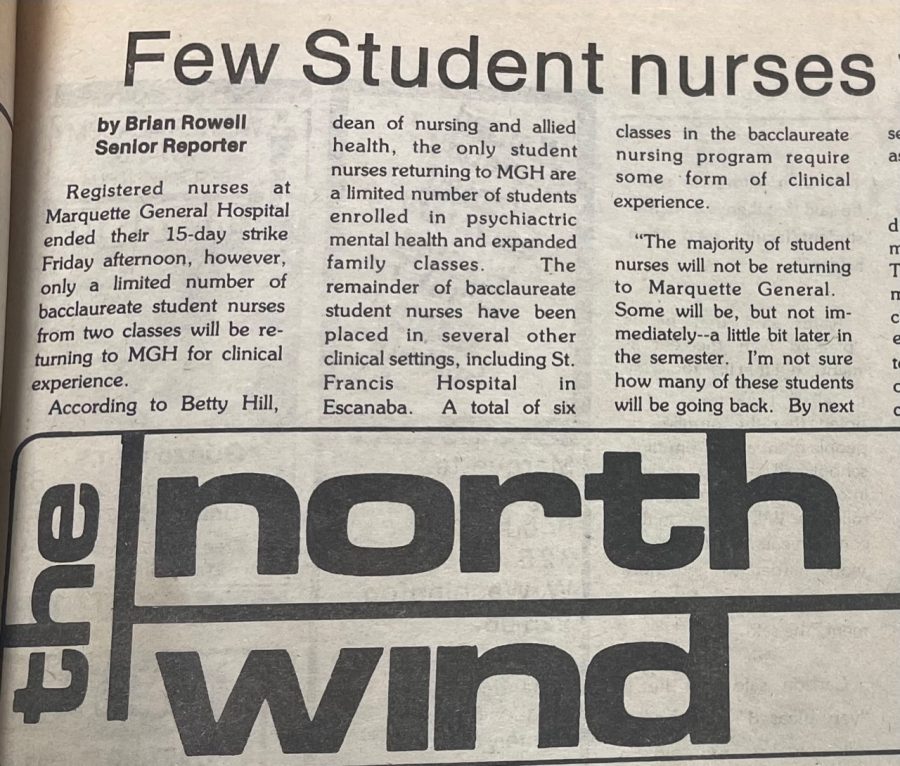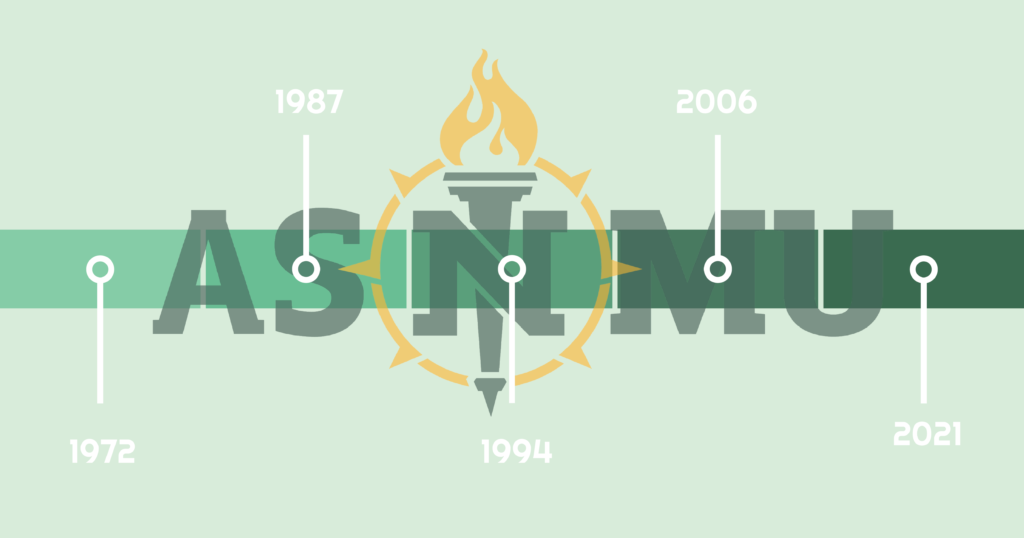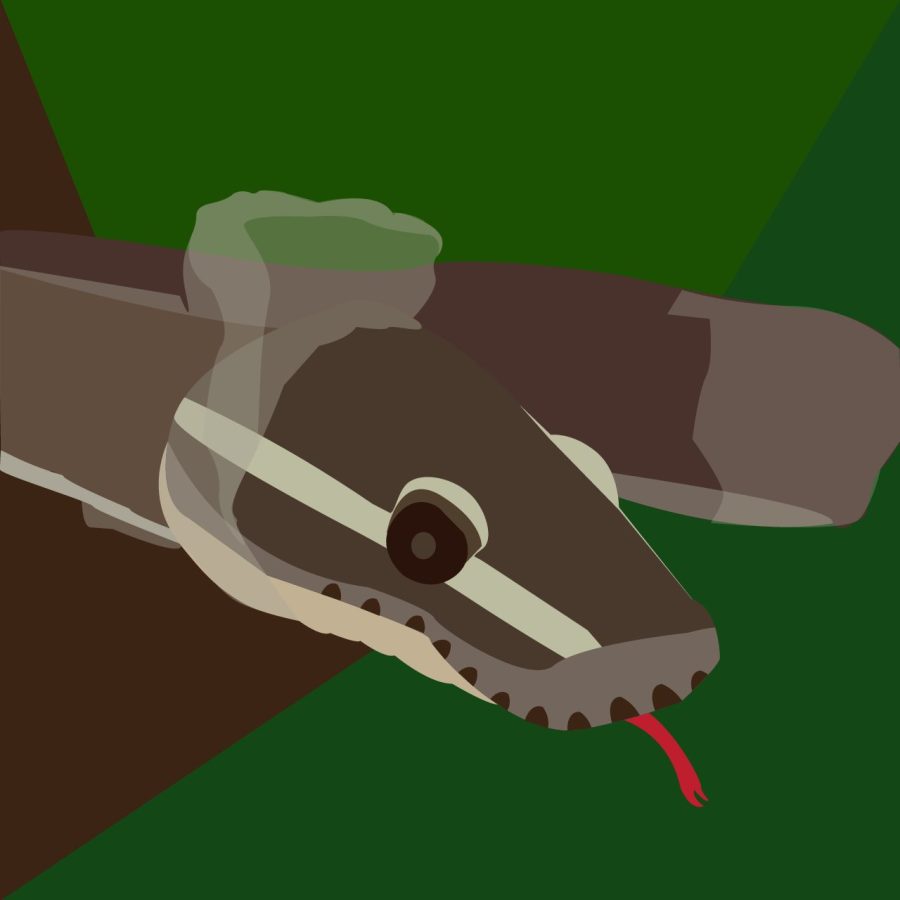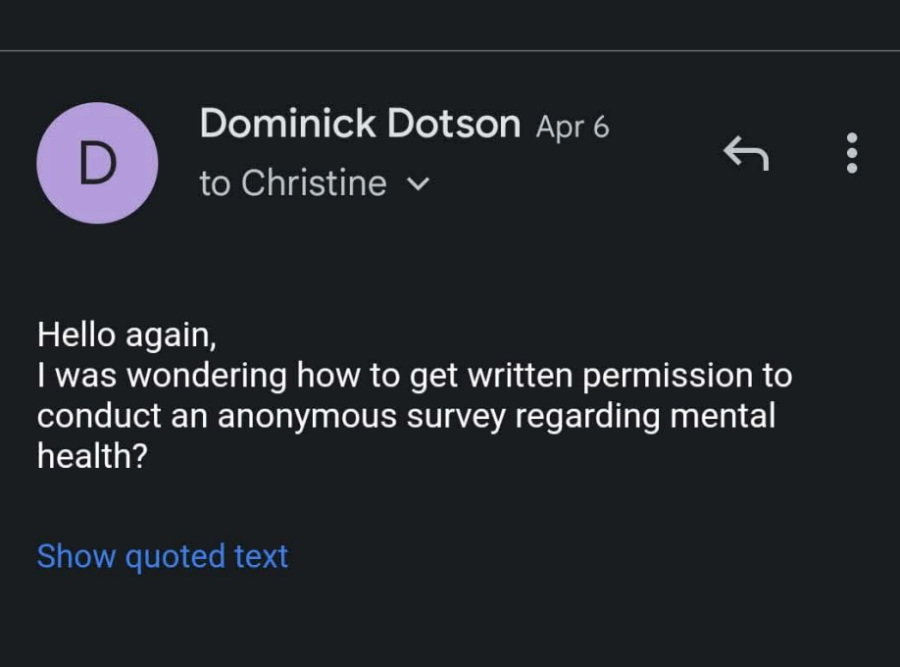From the stock market to bitcoin, cryptocurrency seems to be all the rage these days but there is a lesser-known crypto-related element that has been creeping slowly toward prominence in the form of crypto art. This new classification of art is not only causing controversy among the art world but is killing the environment as well.
NFT art, or non-fungible token art is a bit of a tough concept to grasp at its surface. A non-fungible token is a term used to describe a specific type of cryptocurrency that represents something unique, so unique that it cannot be replaced or exchanged with anything else. In the case for the most commonly recognizable cryptocurrency concept, bitcoin, that value is fungible. Bitcoin is designed to be exchanged. One bitcoin is worth one bitcoin no matter who is in possession of it. Perhaps a visual aid could be used to better describe such an incorporeal concept- what if, rather than a number value, the token was placed within a unique piece of art? This is a digital file represented by its own piece of artwork.
It certainly seems to be an intriguing concept. Any one piece of art on its own could be considered unique, but art as an NFT is a way of categorizing it based solely on its uniqueness. Owning the non-fungible token connected to an original piece of art means that you own the original instance of that artwork, like the person who purchased a 50-second video by the musician Grimes for almost $390,000. That video now belongs to the purchaser and there is a digital server containing its code and the identification of its owner.
In a way, this is something that has been valued for centuries. Art auctions are hardly a new concept, the upper class has been collecting unique pieces of artwork and auctioning them off since the days of Edward Harley, 3rd Earl of Oxford and Earl Mortimer in the 1700s. One would place the highest bid and walk out of the earl’s fancy hall with a fancy canvas painting under their arm. Once the physical artwork is in your possession, you are the owner of such artwork.
Digital art, however, is a bit trickier when it comes to ownership. Once a piece of art is posted online it is there to be viewed on your screen forever. Anyone can view, download or share a digital image however they like. Yes, there are copyright laws preventing claiming ownership or digital manipulation of certain licensed work, but this is mostly used and enforced by corporations with the money and status to do so.
For almost as long as the internet has existed, artists have found ways to monetize their work by posting it on the internet. One of the primary methods of income for artists online is taking commissions. Through commission work, a client will approach an artist with a piece in mind that they would like to have created and after an exchange of payment, the artist will create that work in their own style that the client now owns. This ownership, however, often doesn’t have any legal context but is nonetheless largely respected. The concept of ownership in digital artwork is a social contract, of course you wouldn’t take someone else’s commissioned artwork and pass it off as your own because why would you? This isn’t to say it doesn’t happen, of course, but when it does it is condemned and treated with similar ridicule as any other instance of someone claiming credit for a hard working individual’s creation.
Unfortunately, NFTs are changing what ownership over digital media means. Now that there is a way to give digital work its own token of uniqueness, the social context of ownership may not seem as appealing. Even worse, some online users are taking advantage of their access to NFTS and creating programs that turn an unsuspecting artist’s work into digital objects to be sold to the ownership of someone else. Art is being minted and sold by other users without the original artist’s permission.
But maybe you’re not convinced. Maybe you are still thinking of getting into the NFT game. After all, it could get you a lot of money if you happen to purchase a piece of digital artwork that may increase in value, or maybe you’d just love those sweet, sweet bragging rights that come with being the owner of a one-of-a-kind Nyan Cat image. Well if potentially taking advantage of hardworking artists doesn’t bother you, maybe the fact that the Ethereum-based blockchain that NFTs run on is using up roughly the same amount of energy as the entire country of Ireland annually might be cause for some concern.
According to a Harvard study “Increasing carbon dioxide emissions from Bitcoin mining alone could lead to a 2° C increase in global mean average temperatures within 30 years.” If this is true for cryptocurrency, then what does that mean for cryptoart?
The minting and selling process of cryptoart relies on computer transactions that are not at all respectful of our global energy supply. Remember the NFT video that Grimes created and sold that was mentioned earlier? Yeah, the minting of that 50-second video resulted in 122 tons of carbon pollution. That’s 122 tons of carbon pollution added to our atmosphere just to earn a digital certificate calling a piece of artwork “unique” and compiling it in a digital library for it to sit eternally. For reference, the lifestyle of the average person living in the U.S. emits about 20 metric tons of carbon annually according to a study done by the Massachusetts Institute of Technology. The environmental cost of NFTs is simply too high. There is no justification for setting back years of environmental conservation just for the sake of gambling on artwork that might not even come from its original creator.
I support artists. I am an artist and I value art and artistic culture in our world. I think it’s great that there has been such a focus on a new method for artists to be compensated for their hard work, but cryptoart is not sustainable or worth the effort. Do you want to own a unique piece of art that belongs to you and you alone? Commission your local artist! Artists are always looking for clients and one would be happy to make your dream piece come to life. Not only would you be receiving your very own piece of artwork, but you would be content in knowing that you are supporting an artist’s livelihood and not detrimentally impacting the environment.


























